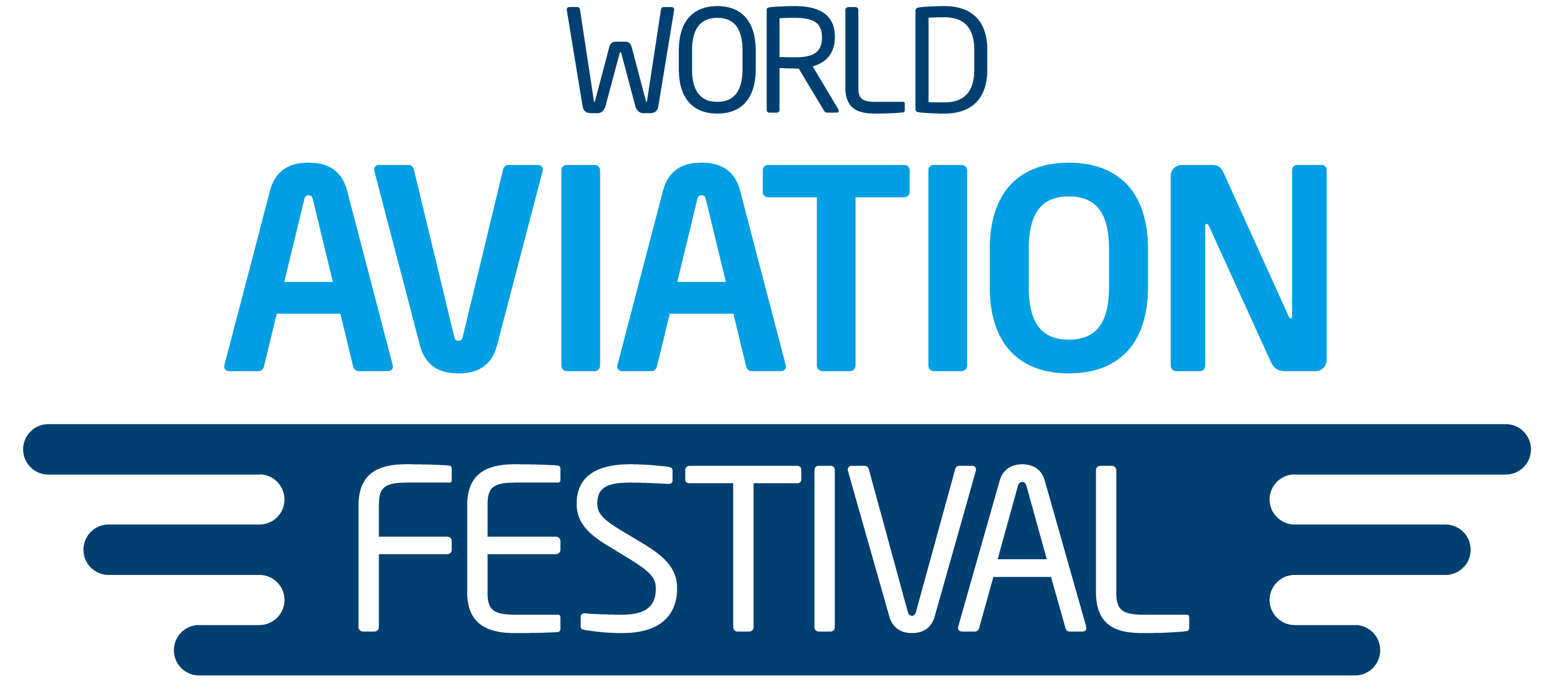It doesn’t matter if we are talking NDC or not the biggest hassle seems to be changes. Not only is it costly it is complex. You would think with automated coding and automated tools to change that this would be no big deal but, in every discussion, we keep coming back to servicing as the biggest challenge for both corporate and leisure travel. In the debate we hear “Change has not been implemented for NDC bookings”, “Our main reason for not implementing NDC is the challenge with servicing”, “Servicing remains the biggest challenge to our automation flow”, “Customers do not understand what they are paying for”. Isn’t it time that we start thinking about how we can modernize this process?
Changes are a corporate pain point
At the latest GBTA conference a corporate stated that they deliberately book as many one-way trips as possible as they struggle with the change process. Not only do they think they are overpaying for the service of change it has become an impediment to innovation. It is easier to book one-ways and gives them much more flexibility. Question is if airlines ever expected this to be the case? Very similar to virtual interlining that airlines never really saw coming.
Changes are a pain point for leisure travel too
And it is not only corporates that struggle with changes. On various online travel forums one of the most important questions is “Why do I have to pay a penalty not to fly”, “Why do I lose my flights from New York to London if I don’t fly from San Diego to New York?” “Why do I have to pay $3000 just to change one flight on my itinerary”. The ugly truth is that passengers do not understand the complexity and it also resonates less and less that I just forfeit a trip I want to cancel.
Changes are a pain point for airlines
For airlines servicing, exchanges, and refunds are constantly brought up as customer pain points. After the pandemic, tons of vouchers were added to the complexity as airlines had little or no experience dealing with other forms of payments than the traditional. Suddenly, they had to deal with longer validity, miles expiration and transfer of value. Customers had to deal with vouchers and expiration dates and constantly changing their plans and worrying whether conditions remained the same or whether the airline was still in business. It became very evident that the underlying airline processes and associated technology are very outdated.
Some of the problems related to changes and refunds are quite mind-boggling in 2024 such as:
- Why exchange unused tickets and EMDs?
- Why are there still technical restrictions on the number of exchanges?
- Is the cost for both the service and the auditing of exchanges justifiable?
In this article we want to address some thoughts on modernization and what could be ways to change.
Is part of the answer marketplaces?
Both Flybondi and Royal Air Maroc have introduced marketplace concepts where the passenger can resell tickets. This type of reseller functionality has many benefits, it gives revenue management more visibility and control and an opportunity to resell. From a sustainability angle it makes better sense as we want to fill up the plane rather than having no-shows. In addition, there are many opportunities to turn these concepts into products or loyalty benefits.
Or is the answer to rethink the process itself?
Should change become a product like any other product and be unrelated to the fare itself? Rather than having a complex calculation based on availability and fares shouldn’t the change product be more dynamic? Typically, today change conditions state that “change fee is $$$ and any fare differential”, no wonder the customer is confused.
Or would changes in payment be a way forward?
Another thought is if other payment concepts could simplify servicing? We are seeing an increase of new payment and retailing practices being trialled both in travel as other industries and believe that payment will be one of the drivers that will change the legacy eco-system and support inter-operability for multi-modal travel. The common characteristics, however, will be the need to be flexible to changes after the initial order/reservation has been made.
An example of a retail practice being trialled is ‘pay on delivery’. In the Netherlands a global payment provider and a local supermarket chain have introduced this concept. Simply explained you purchase a product or service, the payment platform collects the money and when the product or service has been delivered the seller, releases the funds from a holding account.
Another possible solution could be ‘Pay When You Fly’ (‘PWYF’), it doesn’t solve all the problems, only some of them, and other technology like blockchain or travel wallets are needed. But the more choice and control the airlines offer to customers, trust and loyalty grows, for example by offering PWYF.
It should be noted that PWYF is not new. It has been around for more than 20 years and is used by several airlines typically for corporate travellers. But the question is can it scale?
Which ones of these problems would go away or are radically changed if we were to apply PWYF and how can it facilitate a transition to Offer/Order?
We do not have to remove tickets and EMDs in our transition to Offer/Order, but PWYF can eliminate some of the pain points in the ongoing process to move to Orders. PWYF would eliminate the exchanges of unused tickets and EMDs. It would simplify IROPS (Irregular Operations) when the airline is not delivering a service ordered. It also saves on handling time of complaints, and it is easier to automate compensation business rules. In addition, we would significantly reduce cost of auditing.
Finally, PWYF would work as an extra incentive for travel retailers (airlines, OTAs, TMCs) to ensure that the promises to their customer are delivered; this will further build trust and loyalty.
Will WEB3 come to the rescue?
WEB3/blockchain technology (like the decentralized Camino Network, the blockchain for the global travel industry) is uniquely suited to support this transformation without even needing payment platforms. By using smart contracts – programs that run on a blockchain and execute agreements without intermediaries – you can program any kind of payment rules and payment flows. This means the settlement can be entirely automated based on some external trigger and both parties involved in the contract have the security that the payment will only happen if certain conditions (coded into the smart contract) are met. Pay when you Fly could easily be implemented via smart contracts that provide escrow and could be triggered to initiate the payment when the flight departed.
Pablo Castillo, CTO of Chain4Travel, the company tasked by the Camino Network Foundation to build the Camino Network: “Pay when you Fly is a great example how using modern technology we can reimagine the payment and booking processes to make it more flexible and adapted to the customer needs by eliminating the complexity of transactions, especially refunds, and create a seamless experience for both airlines and customers. With Camino Network, travel companies can finally leverage web3 technologies to drive digital innovation on a secure, agnostic and scalable operating system for travel.”
Reality check, what’s the impact of implementing Pay when you Fly?
By Paul van Alfen, Travel Payments Strategist at Up in the Air: “a ‘can of worms’ comes to mind when looking into the impact on the current ecosystem of switching from ‘pay at booking’ (or at ticketing a couple of days later) to ‘pay at departure’, at scale. Stakeholders from across the business will see massive changes and an overhaul of systems, processes, and policies, with Finance (cashflow), Revenue Management (forecasting) and Revenue Accounting (reconciliation, reporting, auditing) the most affected. It’s probably fair to say that a new generation of systems will be required, combined with a customer centric mindset and a different (non-pre-payment based) financing model, to make PWYF work at a large scale and across the direct and indirect channels for both corporate and leisure customers.
The main difference with Buy Now Pay Later (‘BNPL’), when it comes to impact, is that BNPL does not affect the timing of payment to the Airline, it’s the full amount at the time of booking and therefore ‘business as usual’.
In summary
We predict that considerable change appears to be inevitable at some point in time to allow flexibility in ordering, changing/servicing, payments, and settlement. Change is driven by the customer and new entrants in the travel ecosystem. Pay when you Fly is only a small part of that change but could lead the way towards much needed simplification.
Article by Ann Cederhall, Travel Technology Strategist and Educator. With contributions from Dirk-Vincent Gemke, Paul van Alfen at Up in the Air and Pablo Castillo at Chain4Travel.





